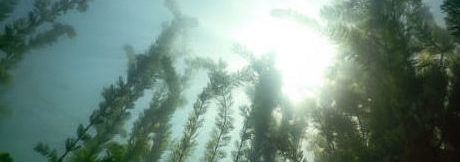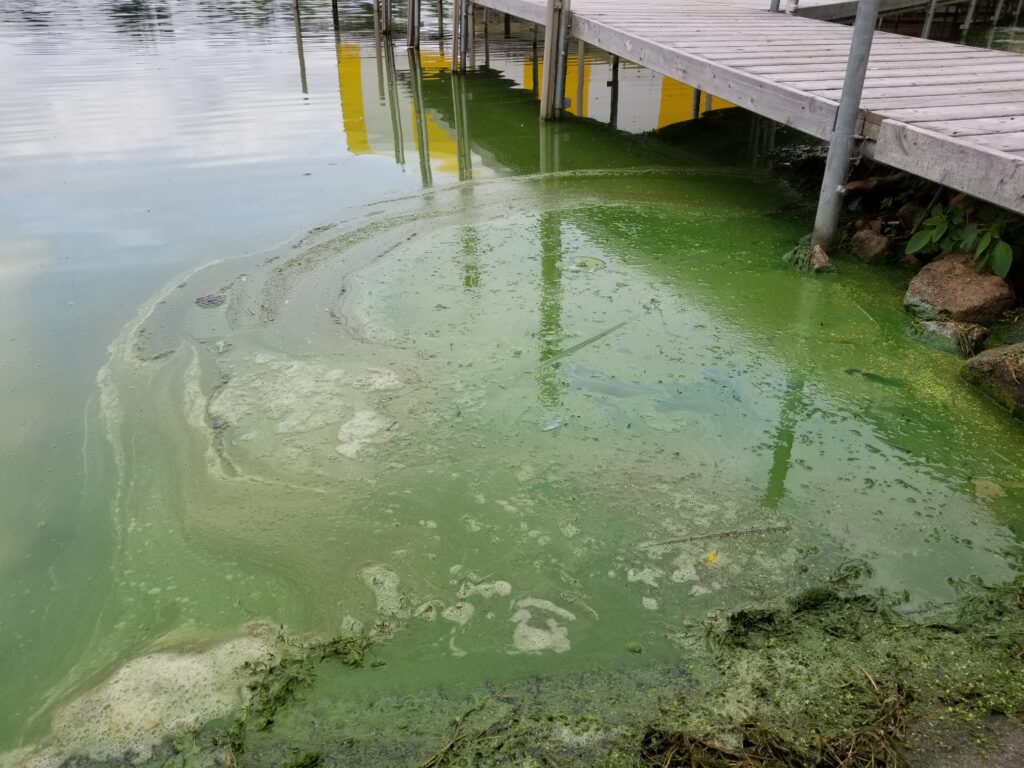Cyanobacteria (a.k.a Blue-Green Algae) is not something to mess around with, especially when it concerns the safety of our four-legged companions. Dogs, livestock, and other animals can suffer severe illness […]


Cyanobacteria (a.k.a Blue-Green Algae) is not something to mess around with, especially when it concerns the safety of our four-legged companions. Dogs, livestock, and other animals can suffer severe illness […]

Did you know that aquatic invasive species (AIS) can still be spread even during the winter? You may not think so when ice fishing or recreating on the ice, but […]

Blue-green algae are not algae at all, but rather types of bacteria called cyanobacteria. Cyanobacteria thrives when there is a combination of two factors: warm weather and nutrient-dense water. Some […]
Zebra mussels were discovered in Lake Minnetonka by a local resident on July 27, 2010 and confirmed by MN DNR biologists on July 28, 2010. The zebra mussel is a […]
Eurasian watermilfoil (EWM) was first discovered in Lake Minnetonka during the fall of 1987 in Excelsior Bay. Inspection of the Lake the following year found that EWM was widespread throughout […]
Aquatic plants are an important part of a healthy lake ecosystem. They provide habitat and food sources for fish and wildlife, also contributing to the lake’s recreational value. Some aquatic […]
Coordinated Herbicide Treatment Projects The LMCD (in coordination with its AIS Task Force) has participated in a number of herbicide treatment projects over the years. Some of these include: 1) […]